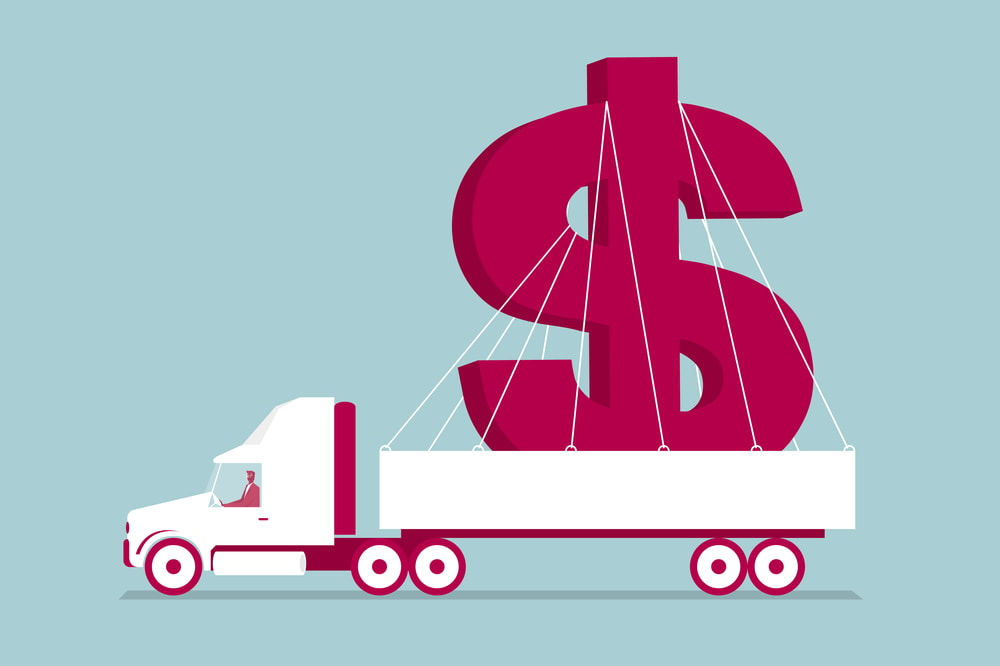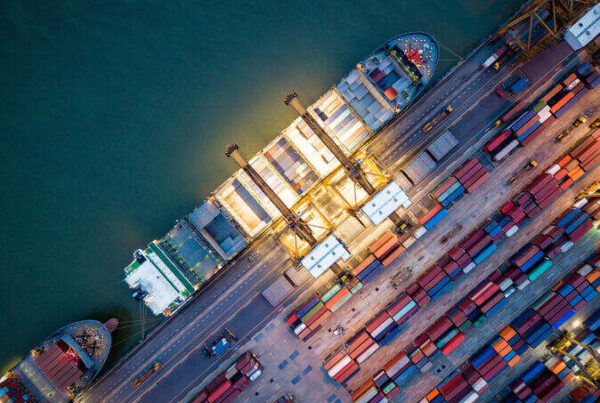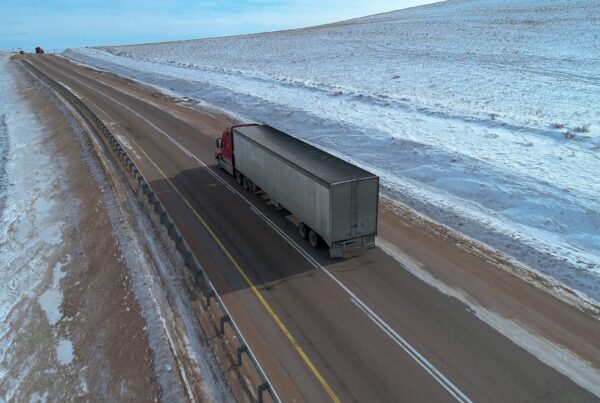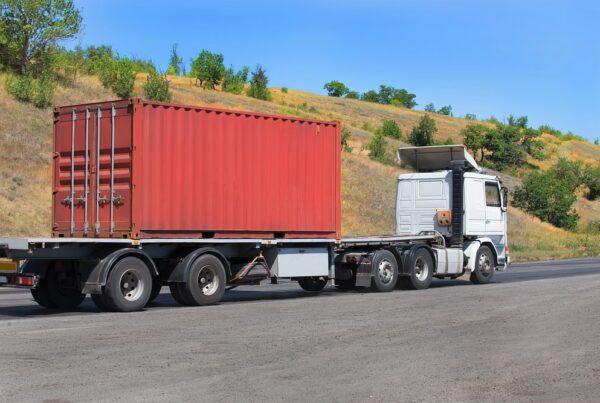Intro
In today’s world, choosing the right transportation for your goods is more than just a logistical decision – it’s a strategic one that can make or break your supply chain. Whether you’re moving goods domestically or internationally, knowing your transportation options is key to optimizing your operations and meeting customer expectations.
Each transportation method has its pros and cons depending on the type of goods, distance, budget, and delivery speed. From the reliability of road transport to the reach of sea freight, from the speed of air freight to the cost-effectiveness of rail, choosing wisely is crucial to your business.
This guide covers the different transportation methods and helps you make the right decisions for your logistics needs.
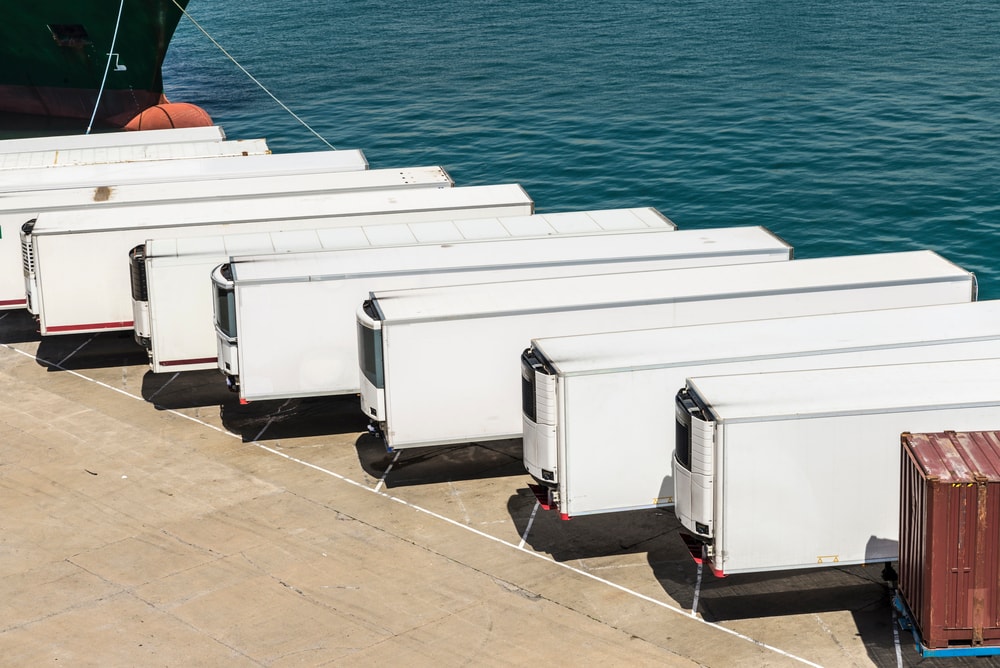
Sea Freight
Sea freight is the backbone of global trade, moving over 80% of the world’s goods. This is the method of choice for moving large volumes of goods over long distances, especially between continents. Container ships are the main vessels used in sea freight, they can carry thousands of standardized containers making it efficient and scalable.
Types of Containers:
There are several types of container vessels used for sea freight and each container has a different purpose. Below are the most commonly used containers and their various uses.
-
Standard Containers: The most common and versatile containers, suitable for most goods. These containers are the ones you have likely seen in movies and television. They are designed to hold most goods and protect them from the elements at sea.
-
Dry Containers: While these containers look similar to the standard containers, they have special weatherproofing that is designed to keep goods dry and moisture-free. These are especially important for water-sensitive cargo as waves and weather conditions would otherwise cause damage.
-
High Cube Containers: These shipping containers are used for tall and bulky items. They are a taller version of the standard container and can accommodate tall or awkwardly shaped cargo that would otherwise be exposed to the elements.
-
Flat rack container: Flat rack containers are a type of shipping container designed to move oversized and heavy cargo that can’t fit in standard containers. Unlike regular containers, flat rack dimensions have short sides and are open on the front and back, to allow easy loading of wide or tall items. They have lashing rings and stability posts to secure cargo during transit, to keep even the most awkward loads stable.
Collapsible flat racks are similar to standard flat rack containers and ship freight in the same way but differ in how they are transported empty. Collapsible flat racks have the ability to collapse their sides when empty to allow the container vessel to be easily transported without taking up as much space on the ship. The design of flat rack containers is perfect for shipping large machinery, construction equipment, or any items that exceed the dimensions of a regular container. ShipEX Logistics doesn’t offer flat rack shipping. This is for information purposes only.
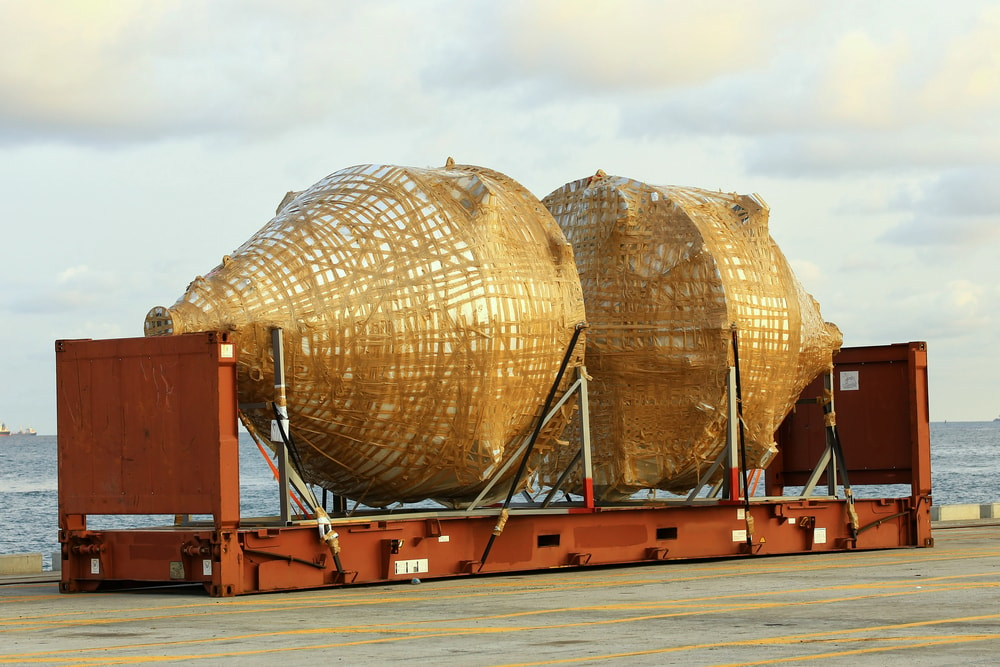
Major ports around the world are the hubs of the sea freight network, connecting different regions and keeping the flow of goods smooth. These ports have the latest facilities for loading and unloading containers, so shipments are handled efficiently and securely.
One of the biggest advantages of sea freight is its cost-effectiveness for large volumes. While it may not be the fastest, it’s a huge saving, especially for heavy or bulky cargo. And with the global reach of sea freight, businesses can access international markets, it’s a vital part of global trade.
But sea freight has its own challenges. Long transit times can be a problem for businesses with time-sensitive products. Weather and port congestion can also cause delays, which need to be factored in.
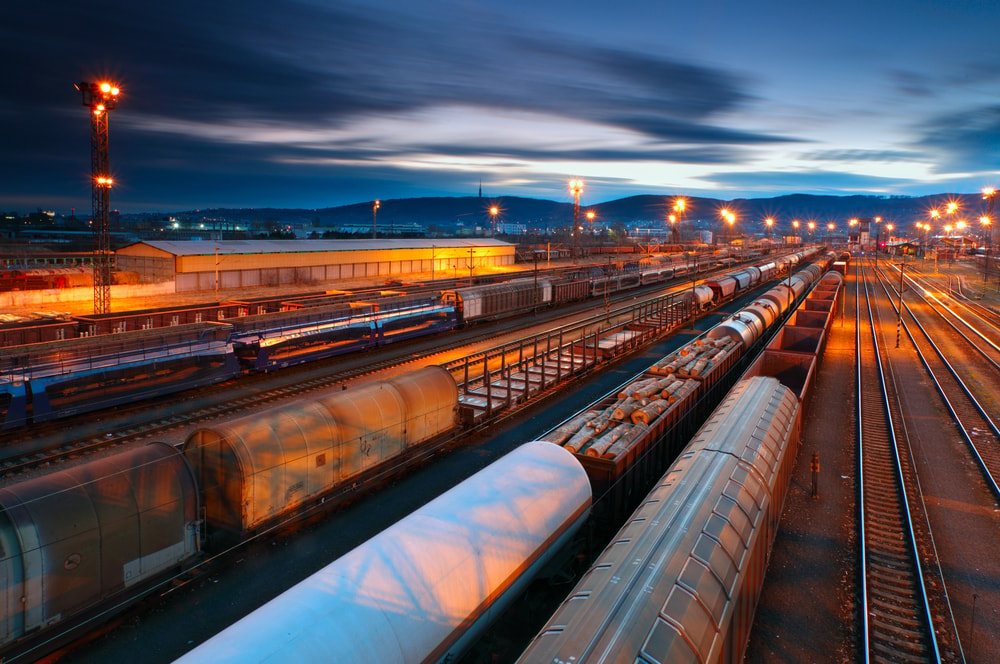
Rail Freight
Rail freight is an efficient and eco-friendly way to move goods over long distances within continents. It’s perfect for bulk commodities, industrial products, and other large-volume shipments that need to move over land.
-
Cost Effective: Rail freight can be lower cost per ton-mile than road transport, especially for heavy and bulky items.
-
Environmentally Friendly: Rail transport has a lower carbon footprint, it’s a greener option for businesses that care about sustainability.
-
Reliable: Trains run on fixed schedules and are less affected by traffic and weather conditions, it’s a reliable way to move goods.
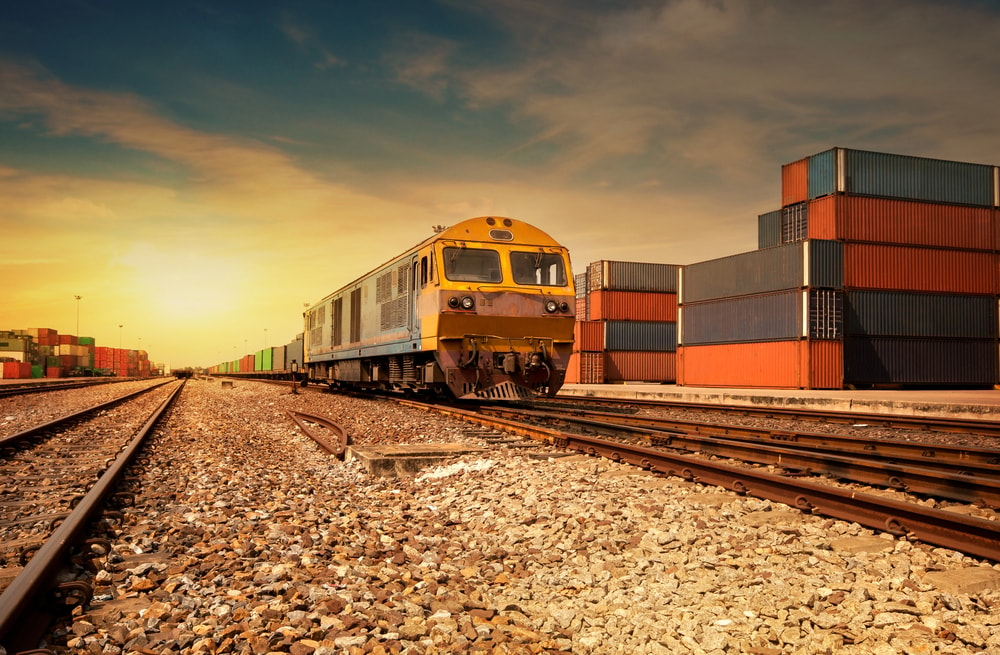
Rail freight is often used with other transportation methods in a multimodal or intermodal approach. For example, goods can be moved by rail to a regional hub and then transferred to trucks for the final leg of the journey. This combination utilizes the strengths of both rail and road transport, to be more efficient and cost-effective.
One of the challenges of rail freight is the limited flexibility compared to road transport. Rail lines are fixed, so delivery is restricted to locations near rail terminals. The loading and unloading process at rail facilities requires careful coordination to avoid delays and ensure goods are handled safely.
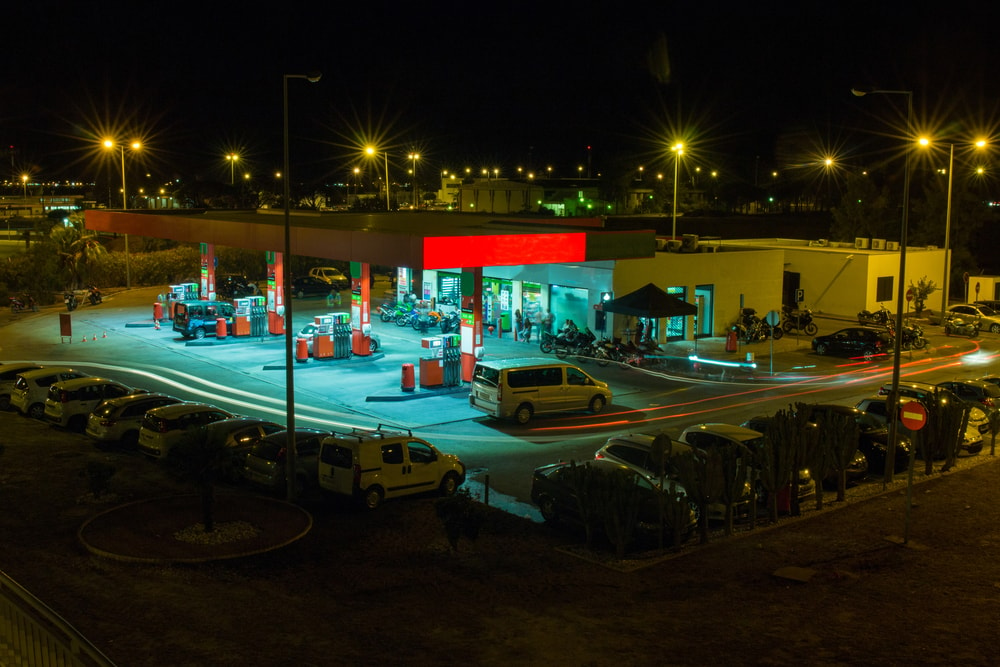
Road Freight
Road freight is the most flexible and accessible mode of transport, especially for domestic shipments. It’s the one that delivers goods directly to the end destination, whether it’s in urban areas or remote locations. The flexibility of road freight makes it a part of the supply chain, often working with other modes of transport.
Types of Road Freight:
-
Dry Van Trailers: Enclosed trailers that protect goods from weather and other external factors, used for general cargo.
-
Flatbed Trailers: Open trailers for oversized or heavy loads that can’t fit in standard containers.
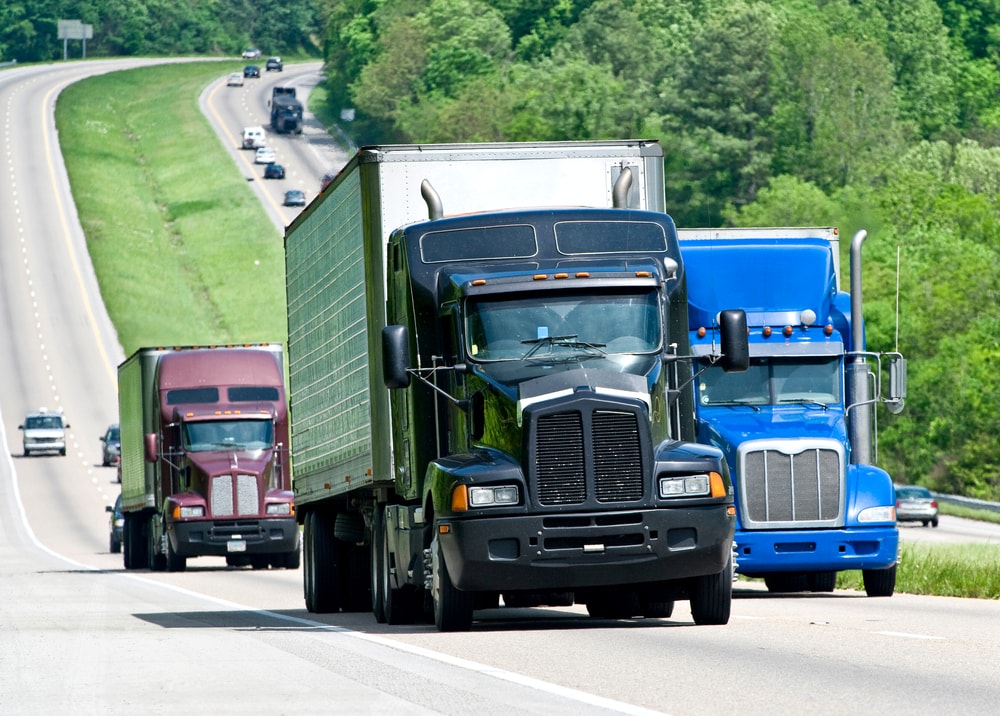
Road freight’s flexibility is unbeatable, with door-to-door delivery and access to many locations. Semi-tractors, the engines of road transport, pull trailers across the country, and road freight is a vital part of the logistics chain. This is especially true for the last mile, where goods are delivered directly to customers or retail outlets.
But road freight has its own limitations. Traffic congestion, road conditions, and regulatory restrictions can affect delivery times and costs. And road transport is more exposed to environmental factors like weather which can cause delays.
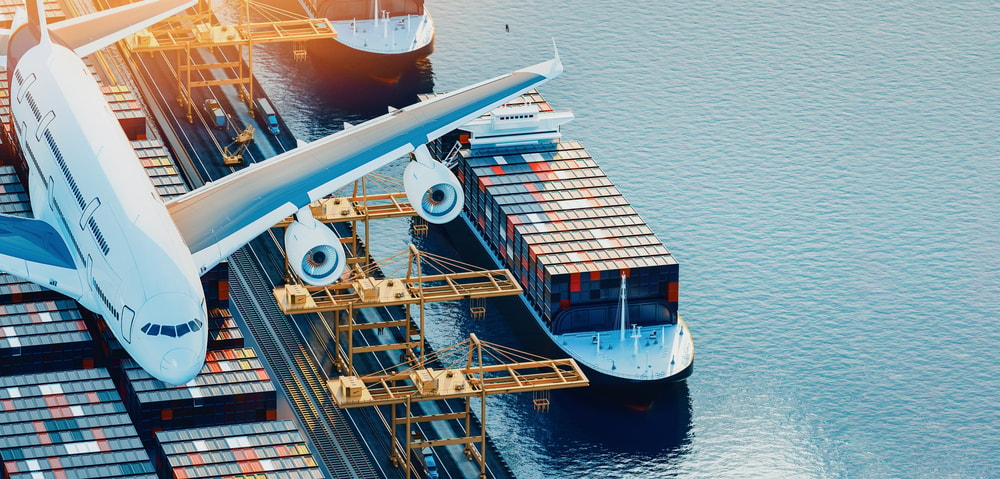
Air Freight
Air freight is the fastest mode of transport, perfect for high-value and time-sensitive shipments. It’s more expensive than sea or road freight but the speed and reliability of air transport often justify the extra cost, especially for businesses with tight deadlines.
Air Freight Features:
-
Speed: Air freight has the fastest transit times making it ideal for urgent shipments.
-
Global Reach: Airports around the world are gateways, connecting businesses to international markets.
-
Security: The strict security measures at airports ensure high-value goods are safe.
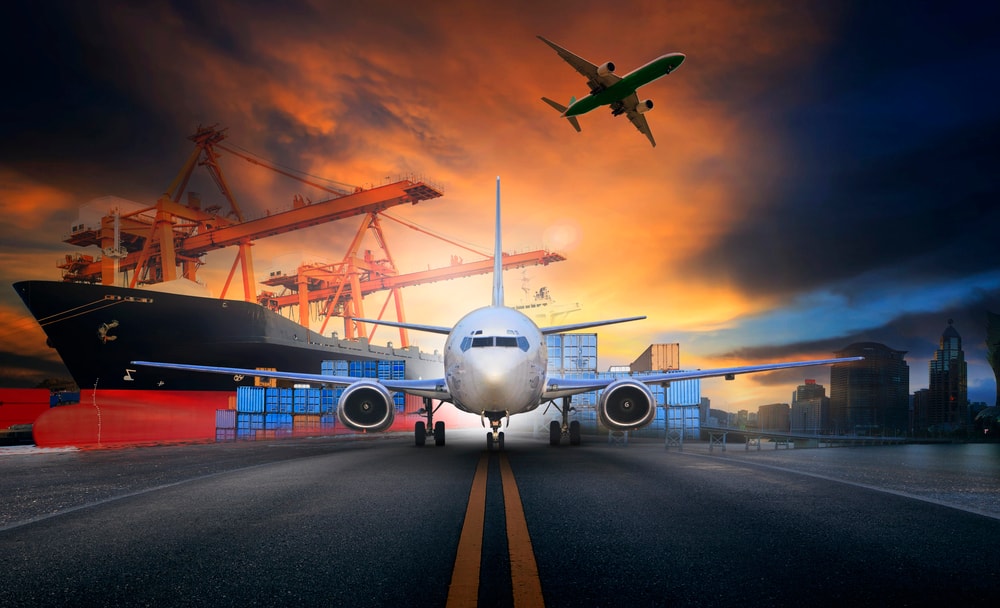
Freight forwarders manage the complexities of air freight, from coordinating shipments to navigating customs regulations. They simplify the process, so goods arrive on time and in good condition.
Despite its benefits, air freight is not for all types of cargo. The cost is too high for low-value goods and there are size and weight limitations for shipments that can be air freighted. And environmental impact of air transport is a consideration for businesses looking to reduce their carbon footprint.
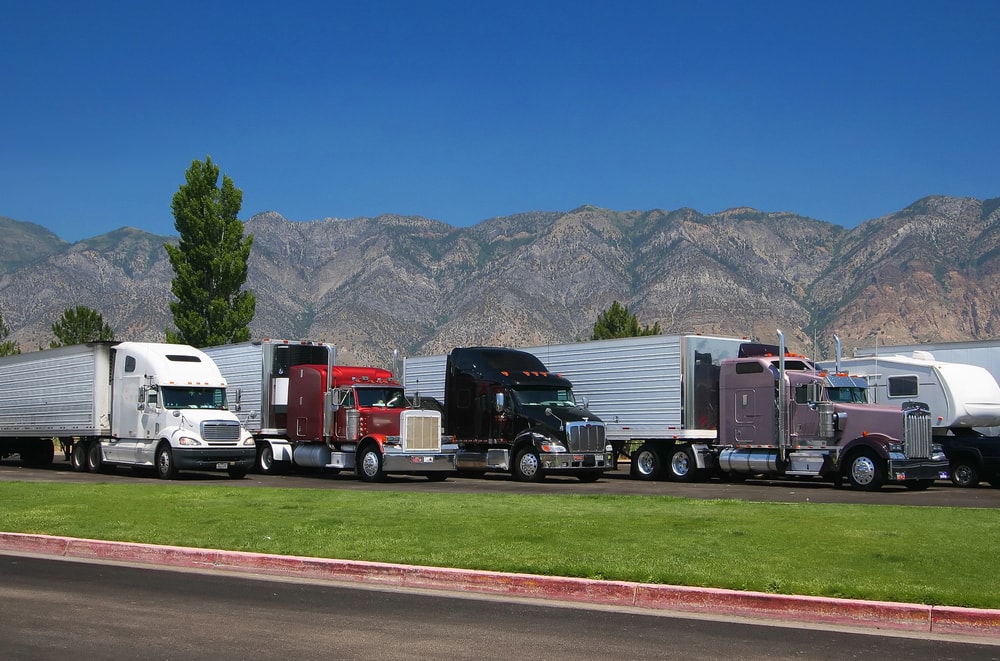
Conclusion
Choosing the right transport mode is a crucial decision that can make or break your business. Each mode—sea, rail, road, and air—has its advantages and is suitable for different types of cargo and logistics requirements. By knowing the strengths and limitations of each, you can make smart decisions that will optimize your supply chain, reduce costs, and delight your customers.
So in summary, choose a transport mode that fits your business goals, and consider cost, speed, and reliability. By using the right combination of transport modes you can ensure your goods arrive safely, on time, and within budget, happy customers, and smooth operations.

